In the first part of this series of articles, you discovered the different styles of badminton player. Some of you emailed me or commented on my blog which style you are and also, which style of player causes you a few problems.
As you can imagine, understanding what style of player your opponent is, and recognising your own style too is only the first stage in discovering the right tactics to beat them.
This second part discusses the key strengths and weaknesses you need to identify to help you plan your opponents defeat.
How Do You Design A Skills Audit?
Whenever you are watching an opponent, you should have a method which means you can quickly find the chinks in their armour and therefore where to get the best results.
But, to do this, you need to make a few notes, whether written or mental. The problem is, where do you begin? Here’s a few ideas for you…
Whether or not you adopt this system is totally up to you. It works, but it’s perfectly fine to use it as a guide and include other aspects I may not touch on here. You have my blessing to play with this… infact, I’ll go one stage further, I challenge you to find a better system and email me explaining the system you’ve created. Hopefully, you won’t mind me sharing this with other readers and of course, you will receive full credit for it.
Paul’s Big 10 Badminton Skills Audit
1) Basic Skills
Whilst coaches may have different opinions about what we class as basic badminton skills, for me, the key things I look for are grips, basic hitting action and an ability to move. The most important is grip. If I spot my opponent is unable to switch grips quickly and I see backhand shots being hit with a forehand grip, I immediately know how to beat them. If they are poor movers, then this helps me choose the pace of the game and the basic hitting action will tell me whether they have the skills to cause problems.
2) Rear Court Skills
Again, this is simple. Look for the three main shots, clear, drop and smash. How well are these performed? Which shot(s) does the player favour, what about hitting from corners? Let’s also remember, that we are covering forehand and backhand here. What happens when the shuttle is behind them and they have little time to play the shot?
3) Mid-Court Skills
There’s a lot to cover in here. How good are they at basic shots like drives and pushes? What’s their defence like? Where are they particularly strong and weak? Do they prefer to drive, block or lift or are they good enough to use all of these shots? Do they cover body shots well or are they tall and like the shuttle wide so that they can use their tremendous reach? How well do they get down to low shots?
4) Net Skills
This is a highly skilled area where there is little time to react. Does your opponent prefer to take the shuttle high at the net or low? Are they looking for a kill or nervous and prefer to lift? What happens after the net shot – where does their racquet move to, where do they stand, are they ready to pounce on a loose return? Do they always play straight or cross court? Can they spin the shuttle? Do they stand too close to the net? In mixed where is the player at the front based (do they stand on the T or move to one side)?
5) Travelling Skills
How fast is my opponent? Are they good at moving backwards, sideways, to deep forehand corner, can they run around their backhand, get down to low shots, cover the net? Do they tire easily or can they run all day? Again, this information helps to shape tactical decisions as it could be that fitness will play a part in the outcome of the game.
6) Recovery Skills
It’s fine getting to the shuttle and returning it, but what happens next? Is my opponent a shuttle watcher, admiring their shot or do they recover well to base? In my view, the best exponent of recovery skills is Lin Dan. Need I say any more?
7) Serving Skills
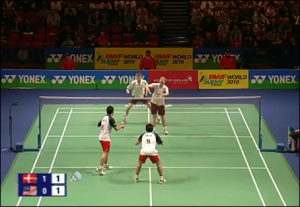
How good is my opponent’s serve? Is it consistent and difficult to return or is it relatively loose? Do they vary the serve in terms of placement and pace? Do they have favourite areas to serve to? Is there one place they never serve to? Do they get a good length on flick serves?
8) Receiving Skills
As with serving, there are similar questions. How good are they at returning the serve? Do they aggressively attack, show plenty of variation, back off and place the shuttle, stand close to the service line and open the rear court for a flick? Are they stronger receiving to forehand or backhand side? What do they do with a flick serve?
Last season during a doubles match, I played a tall player who was brilliant at attacking the low serve to his forehand. By experimenting and serving to his backhand side, we got completely different results and a lot of points. So, don’t think that just because they can attack well from one side that they will automatically be good at the other.
9) Tactical Skills
Some players are very good at playing their game, but find it very difficult to change. They do not read the game very well and therefore are unable to change a response to a given situation. This creates an opportunity for set up and intercept tactics.
Many players are incapable of changing styles to outplay an opponent. They are both tactically and technically weak. Watch out for this as it’s the greatest opportunity for a quick win.
Some players walk on court and you will soon find out that they are playing in a responsive way. This means, they have no tactical plan, but are playing instinctively to given situations. This can present its own problems as there is no pattern to their play. It can also present many opportunities as this allows the tactically minded player to “design” the play, almost to control the responses, therefore opening the weaker areas to exploit.
10) Mental Skills
This is a huge topic but in terms of this particular article here’s what I look for… First of all I’m looking for signs of confidence or nerves, particularly in terms of skills e.g. a nervous server is great to receive against. If I kill the first serve, what happens next time?
How is my opponent responding if I get ahead? Have they the capability to change the game? Do they let their head drop and give up easily or continue to fight for every point? Do they get aggressive on court when they’re losing? Do they lose focus easily and start watching what’s happening on other courts?
What To Do Next
You’re probably thinking right now that you’ll never remember of all of these questions. Relax, they’re a guide. With practice you’ll remember more than you know.
The idea here is to watch and learn. On many occasions, I’ve seen very little of my opponent before I step onto court. I have to watch during the game and it’s amazing how much you do pick up during the rallies, especially how much you remember by either winning or losing the point!
I may get some information in the knock up about rear court skills and an indication that my opponent is a poor mover. After that, I have to wait to see if they serve well and discover during the game how much they vary the serve. Also, how well they receive the serve.
The game helps me build a picture of their skills and their playing style.
So here’s what you can do. Whilst you’re sat down watching a game at your club, why not have a go at watching a player or pair and see how many of these traits you spot. Note some of them down and see if you can design a plan to beat them. Later in the night, see if you can play them and test your theory. Note what went well and what didn’t work.
Give this a go and let me know how you get on. Also, why not do your own skills analysis using yourself as a guinea pig. From this you’ll really begin to understand your strengths and weaknesses.
The big point about analysing yourself is this. You may discover that there is a mis-match between your strengths and your style of play. And, if you prefer the style you play, then this analysis will help you discover what you need to work on in order to improve your style and take it to another level.
In the third and final part of this series, I will be sharing my thoughts on playing as a pair, combining your badminton skills and styles and designing your tactics to outplay your opponent’s styles and skills.
In the meantime, I invite discussion on this article and if you’d like to send me a few scenarios to comment on, I may include them in part 3.
To your success.
Paul


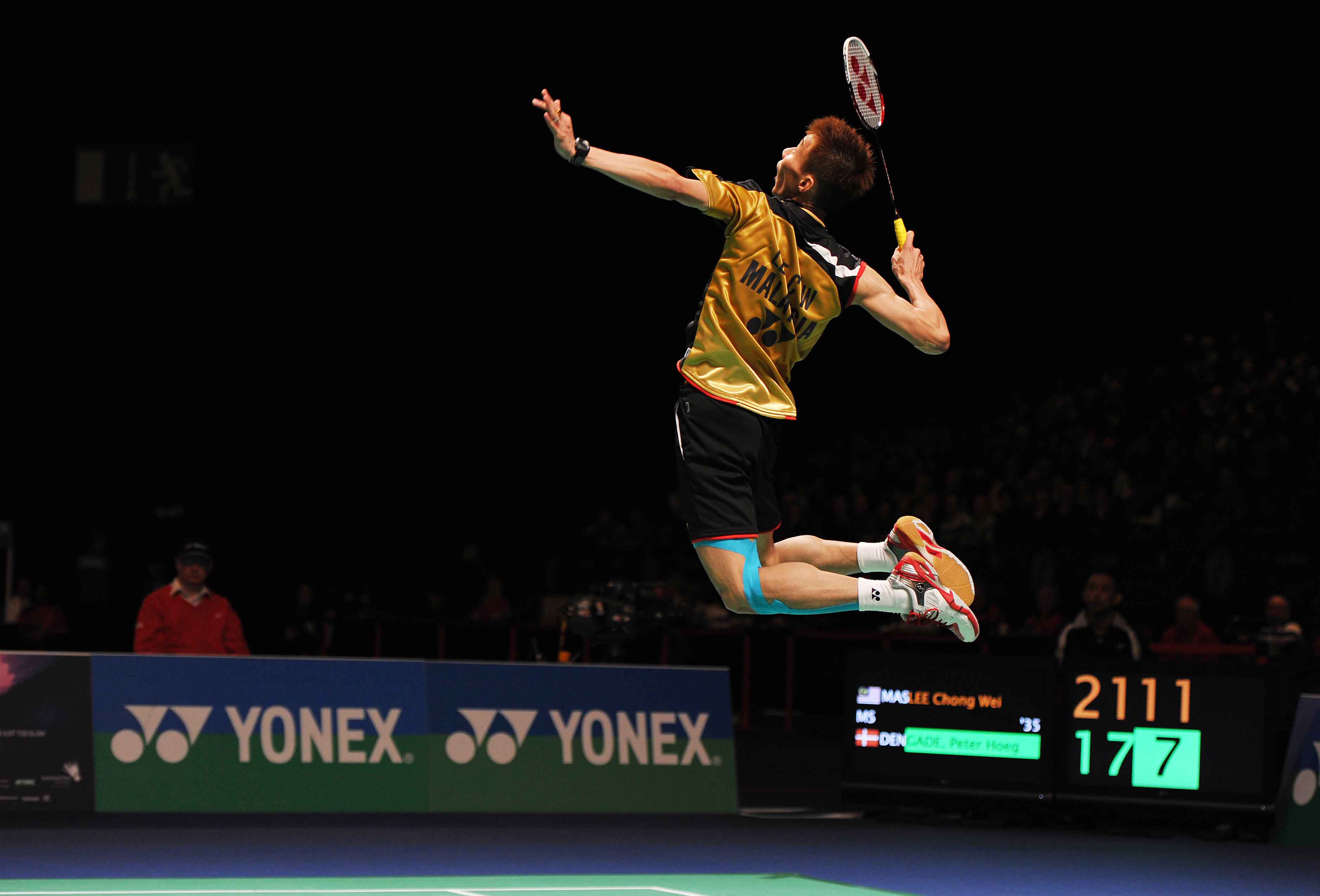


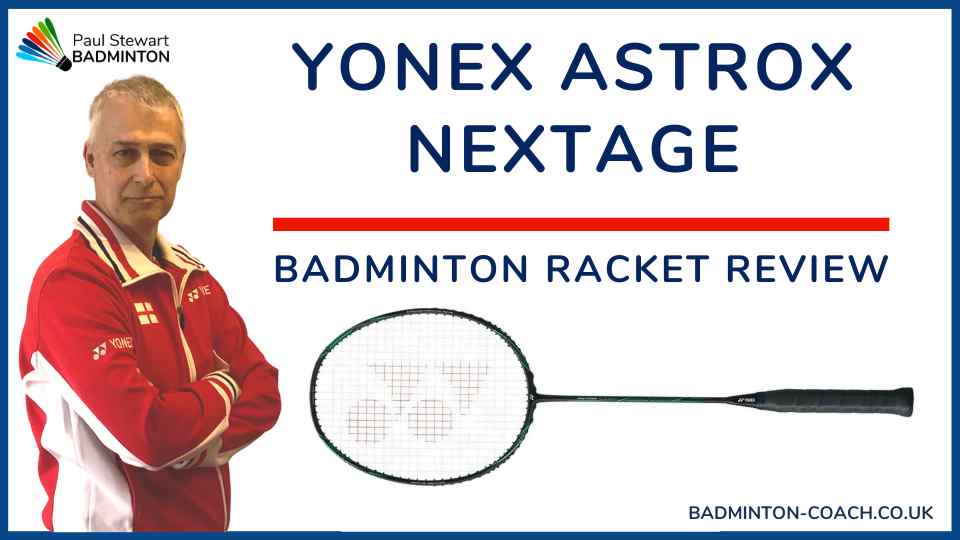

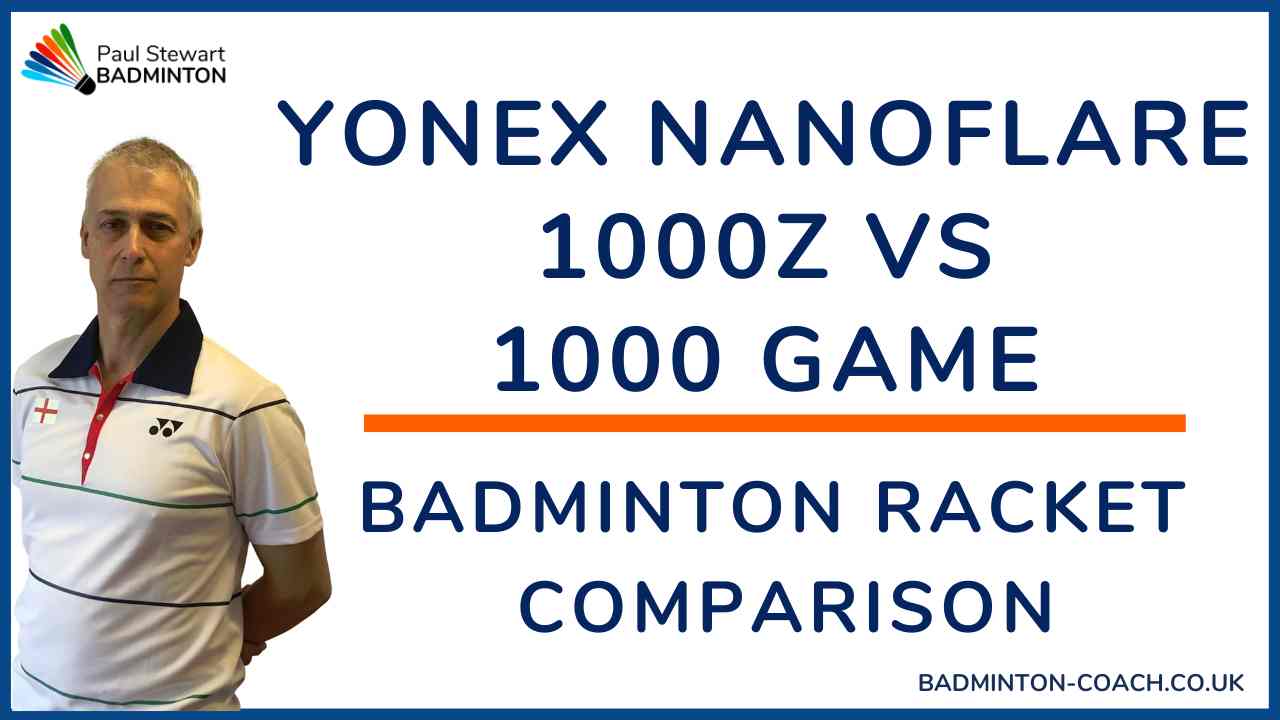
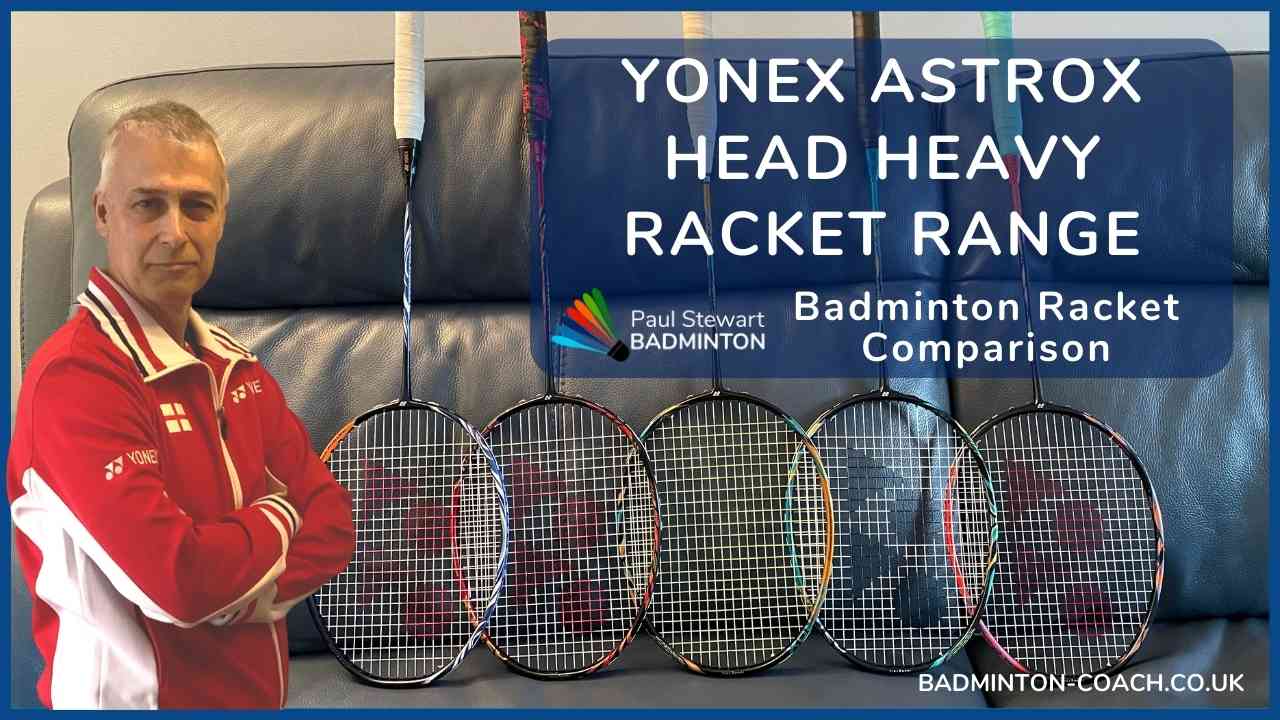

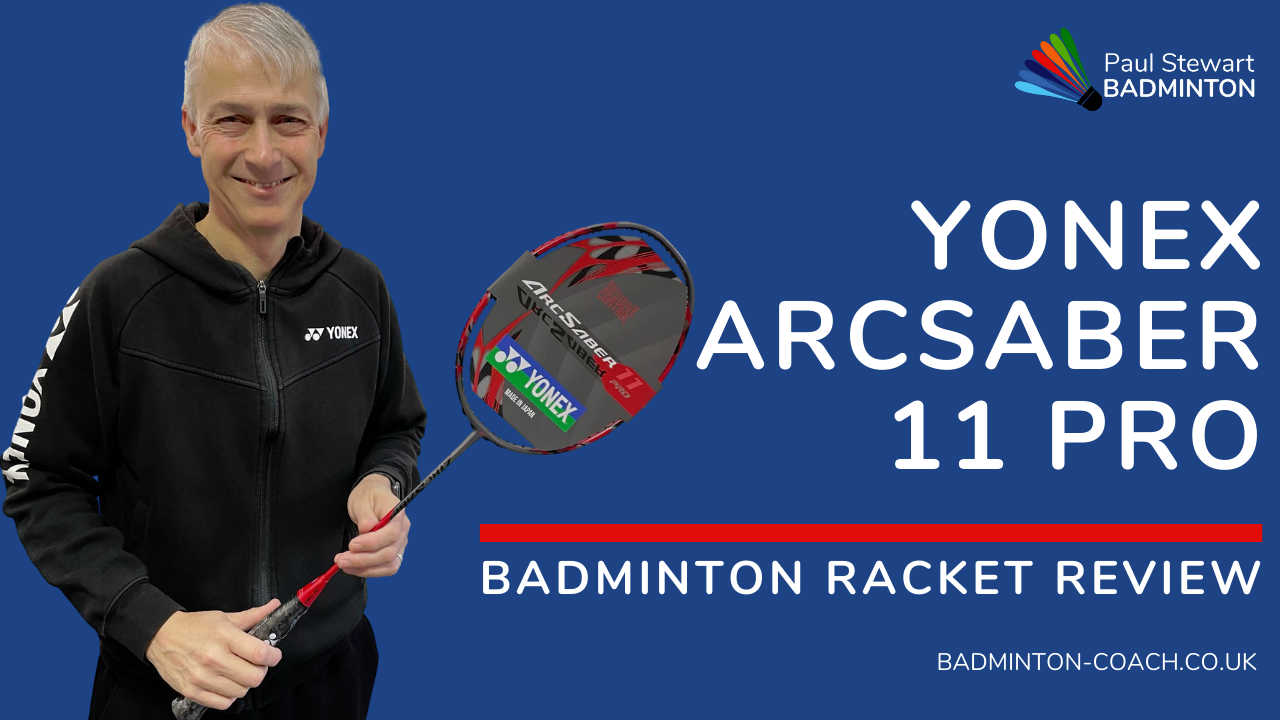

This is very scientific way of analysing your opponent, i had read this a month before and have tried to analyse opponents. Initially I got confused while observing so many items on the list but later carefully picked up few basic skills like rear court returns, smash, net shots, drops, some key strengths…and accordingly tried to play the opponents with this in mind, I must say over the period of 4 weeks or so I’m able to read the opponents game better and changing my tactics accordingly which has won points…I’m still working on this… but it is working, Thanks Paul.
Delighted that you stuck at it and you are now getting the reward. Over time you will improve and be able to size your opponents very quickly. Well done!
Great article there!
On my part, I’m strong in watching my opponent’s technique and mental aptitudes/weaknesses. The way I play, that’s where I find (or create) most of my openings. I instinctively get a hold of patterns on the long run, but somehow I can easily lose quite a few points by not noticing them fast enough. This can be as simple as losing to three straight smashes in a row on my forehand side after an attacking clear, and THEN realize my opponent is a left-hander!
My awareness is what’s held me up so far, but I realize now that I need to work on noticing more in more places. And faster.
If I watch my son play, I ask him 2 questions (@half and end): where did you loose / gain points ? What are your opponents weaknesses ? For myself, I always find it really hard to evaluate myself, whether inbetween points, or while playing. It’s easier if somebody watches you and gives you a resume. Specially when I’m loosing, I have it hard to stay focused. But since my overall performance is getting better, I have less to think about footwork and technique, so that leaves room in my little brain to think about tactics :-).